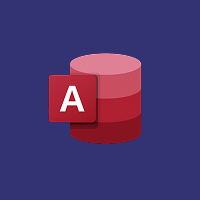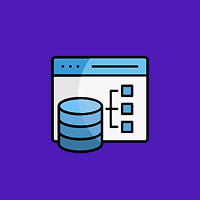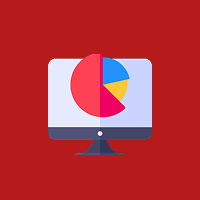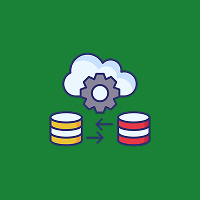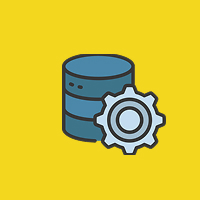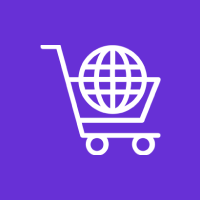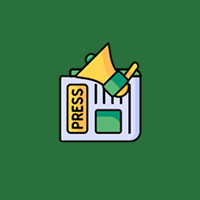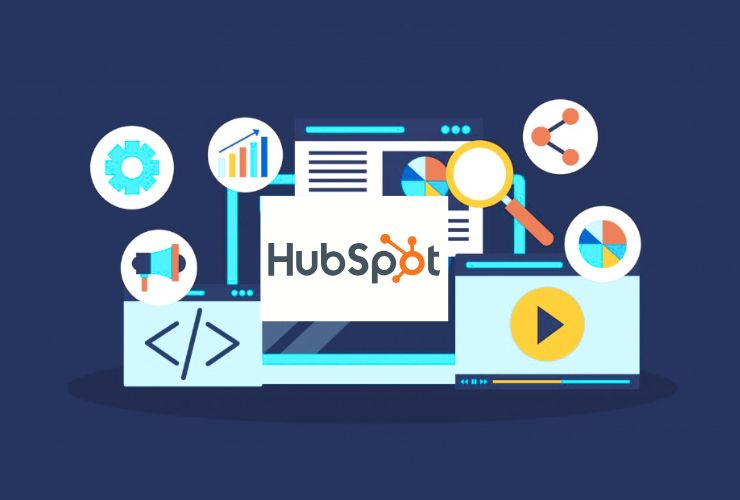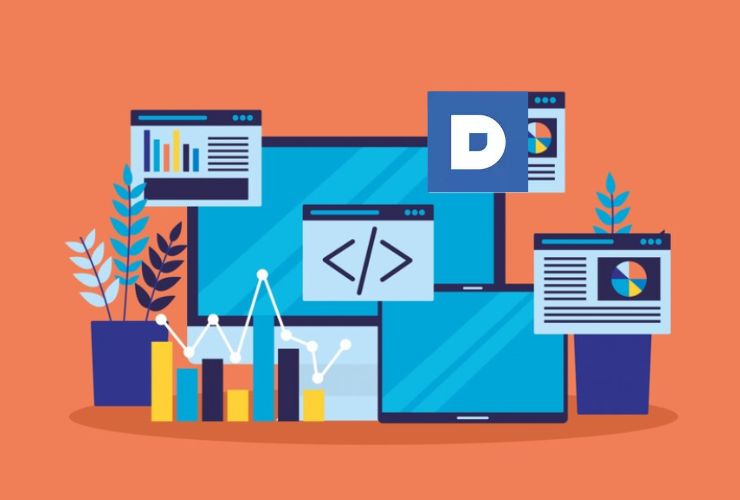HubSpot is an oomph-to-be-reckoned-with solution that puts all your marketing, sales, and customer service software in one console. Easy to use and full of an arsenal of killer features, HubSpot enables marketers to attract, engage, and delight customers at every step of the buyer’s journey.
Whether you’re just starting out or expanding efforts, it’s crucial to understand what tools bring the greatest bang for your buck. In this blog, we highlight the top 10 HubSpot tools all marketers should be utilizing to drive results, automate workflows, and improve ROI.
1. Marketing Hub
HubSpot’s Marketing Hub is the hub of its platform. It combines all your fundamental marketing functions—email marketing, landing pages, forms, SEO, automation, and more—into one seamless interface. It’s designed for today’s inbound marketers, who need great tools but without the hassle.
Why it matters:
By connecting your marketing functions, the Marketing Hub saves time, makes consistency in campaigns stronger, and simplifies teamwork.
Use Case Example: Automate a follow-up email on a user download of an eBook and view real-time analytics in one dashboard.
2. HubSpot CRM (Customer Relationship Management)
Because the basis of all your marketing efforts is HubSpot’s CRM, which provides a single, unified view into your contacts, interactions, and history of deals—for free. It unifies all of HubSpot’s tools in an integrated state, allowing marketers to tailor campaigns and bond more intimately with sales teams.
Why it matters:
Create genuine relationships with tailored messages, spoken to by segment, and real-time understanding of customer behavior.
Tip: Take advantage of contact lifecycle stages and behavior-based segmentation to reach the correct audience at the correct time.
3. Email Marketing
The Email Marketing tool in HubSpot includes pre-designed templates, A/B testing, and smart content perfect for executing focused campaigns. With data-driven insights and deep personalization, you can instantly increase open and click-through rates.
Data-driven email beats mass blasts. This tool enables you to personalize communication with respect to audience behavior and interests.
Bonus: Send emails when recipients are most active using Smart Send.
4. Lead Capture Forms
Utilize HubSpot Forms to convert site traffic into leads. You can develop popup forms, slide-ins, embedded forms, or gated content forms—each of which automatically flows into your CRM.
Why it matters:
Good lead generation starts with easy-to-use, intuitive forms that flow smoothly into your marketing workflows.
Tip: Implement progressive profiling to build more about contacts gradually without bombarding them with too many questions.
5. Landing Pages
Create stunning-looking landing pages with drag-and-drop ease. For product launches, gated content offers, or event sign-ups, HubSpot makes it easy to create and test pages without IT assistance.
Why it matters:
Conversion-ready landing pages assist in turning visitors into leads and customers.
Best Practice: Connect landing pages to custom thank-you pages and follow-up emails in one end-to-end funnel.
6. Marketing Automation Workflows
Workflows allow you to create sophisticated automated sequences using triggers, conditions, and actions. From lead nurturing campaigns to lead scoring, workflows reduce manual labor and automate messaging.
Why it matters:
Marketing automation is the backbone of scalable, one-to-one marketing.
Example Workflow: Automatically add new leads to a welcome series depending on what product they’re interested in.
7. SEO Suggestions
HubSpot’s SEO tool looks at your website and blog for optimization and suggests fixes for metadata, internal linking, topic clusters, and readability so you can rank higher in search engines.
Why it matters:
SEO is no longer guesswork. Marketers of all technicalities can now optimize structure and content with ease.
Tip: Leverage content topic clusters to boost domain authority and rank for valuable terms.
8. Social Media Management
Plan, post, and track social updates across different networks—LinkedIn, Facebook, Instagram, Twitter—inside HubSpot. Handle your calendar, respond to fans, and monitor performance in one place.
Why it matters:
Free up more time and keep brand voice consistent on all social platforms.
Strategic Application: Match social media reports with your campaign statistics to identify what tweets and posts drive conversions.
9. Analytics Dashboard
HubSpot’s analytics dashboard provides a real-time look at important metrics: traffic from the website, conversion ratios, email performance, and sources for leads. It enables teams to make intelligent decisions and react in real time.
Why it matters:
Understand what works and what doesn’t—then switch in a moment to maximize ROI.
Advanced Use: Run on-demand reports by campaign or lifecycle stage.
10. Chatbots and Live Chat
Engage visitors in the moment with live chat and smart chatbots answering straightforward questions, qualifying leads, and scheduling appointments. Integrated into your CRM, these tools provide personalized feedback based on known user information.
Real-time interaction fuels conversion and customer satisfaction, particularly among high-intent users.
Smart Strategy: Qualify leads with chatbots and send high-value leads straight to your salespeople.
Last Thoughts:
HubSpot offers a complete toolbox where marketers can automate, personalize, and scale. From getting new visitors through the door to closing deals and delighting customers, these 10 tools form a solid growth system.
Whether you are a startup seeking low-cost solutions or an enterprise looking to reduce your tech stack, owning these features will give you the competitive advantage you require today.
Contact Us Today









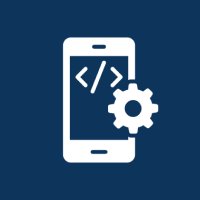



 Database Development
Database Development




